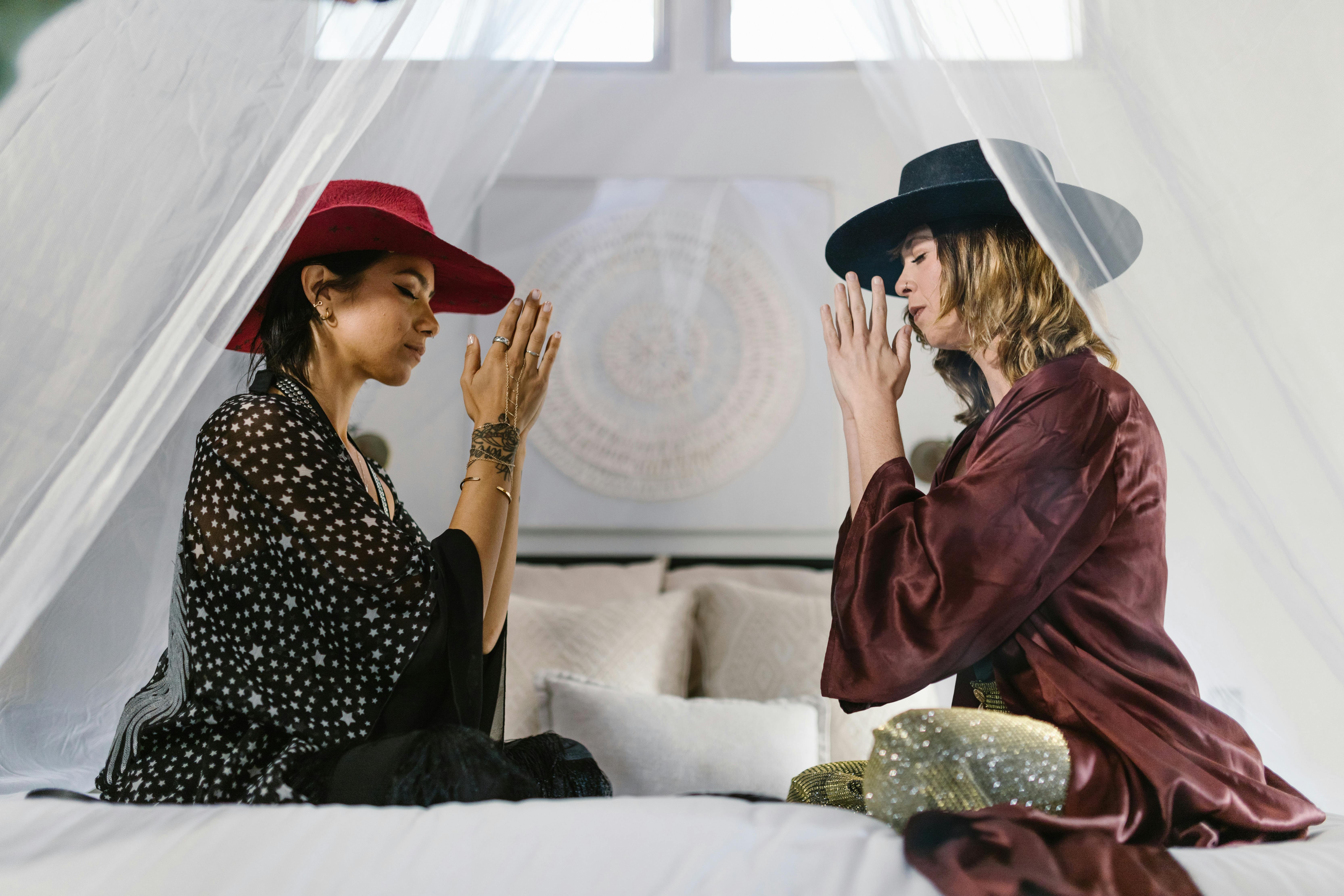Famous brands and designers have been an important part of the Western fashion industry for several years, but all the major brands offer only Western clothing and do not target millions of countries in the Middle East and other Asian Muslim countries, where women are similarly brand conscious, but cannot benefit from the big labels due to the restrictions on clothing that Islam implies. Initially, long flowing head covering jilbabs and hijabs were only available to large retailers catering to the masses. These mostly made up the low-end retail side of the garment industry.
However, recent years have seen a change in the trend of Islamic clothing. Many Middle Eastern dress designers have come up with brand names for jilbabs, which have gained much popularity among high wealthy Muslim personalities. They only create extravagant and exquisite jilbabs for their customers, which are not only unique but also comparable in value to high-end western clothing brands. Although these brands are local to Middle Eastern and Asian countries, their design houses are rapidly gaining popularity among expatriate Muslims living in Europe and America.
Some of the most famous brands include Lina Feghali Maalouf’s “Prestige Liban”, Amal Murad’s “REDAA”, Badar Al-Badoor’s “Abaya Couture” to name a few. These labels are highly regarded among Muslim women of Arab descent in particular. Their collections include beautiful jilbabs suitable for a variety of occasions and events and are loved by fashion-forward women. Certain jilbab designers participate in fashion shows in Paris, London and New York to reach a wider target audience with their elegant creations.
Last year some western designers also launched their collections of abayas and jilbabs to meet the needs of their Muslim clientele. Although it took them a while to create a strictly religious clothing line at first, these designers took their customers breathless with their exquisitely designed collections of jilbabs. The basic concept they worked with was to combine fashion with culture and religion to create a stylish and modern outfit that is both fashionable and culturally acceptable.
The designer shops and brands were enthusiastically accepted by customers who had long awaited this revolution in traditional Middle Eastern clothing. Brand-sensitive women were quickly courted by local designers who dared to create tasteful and lavish maxi dresses that not only met fashion standards, but also religious and cultural ones.
